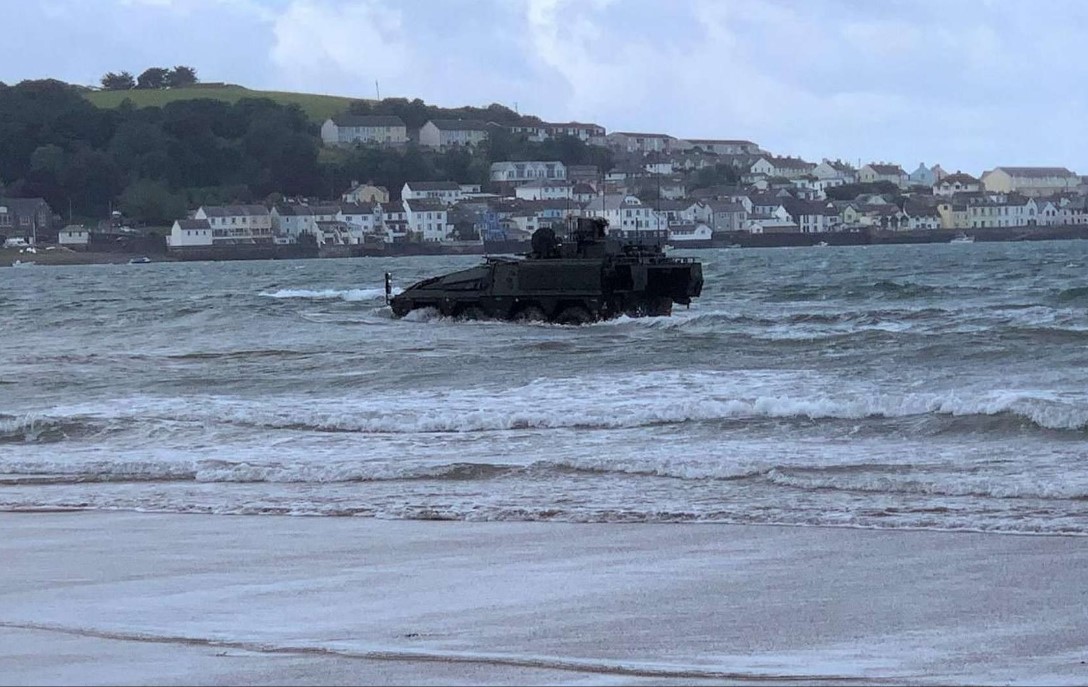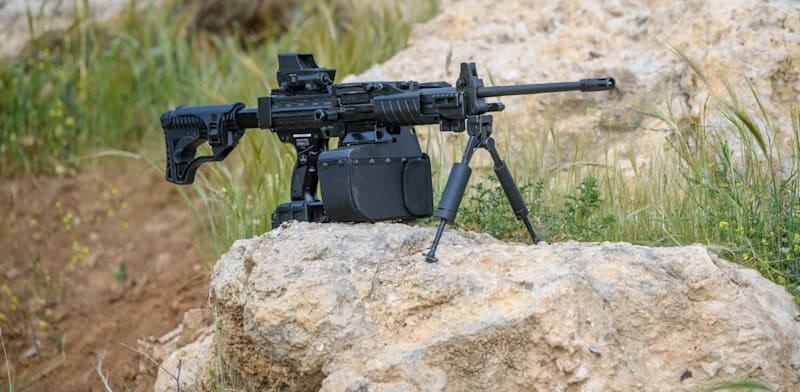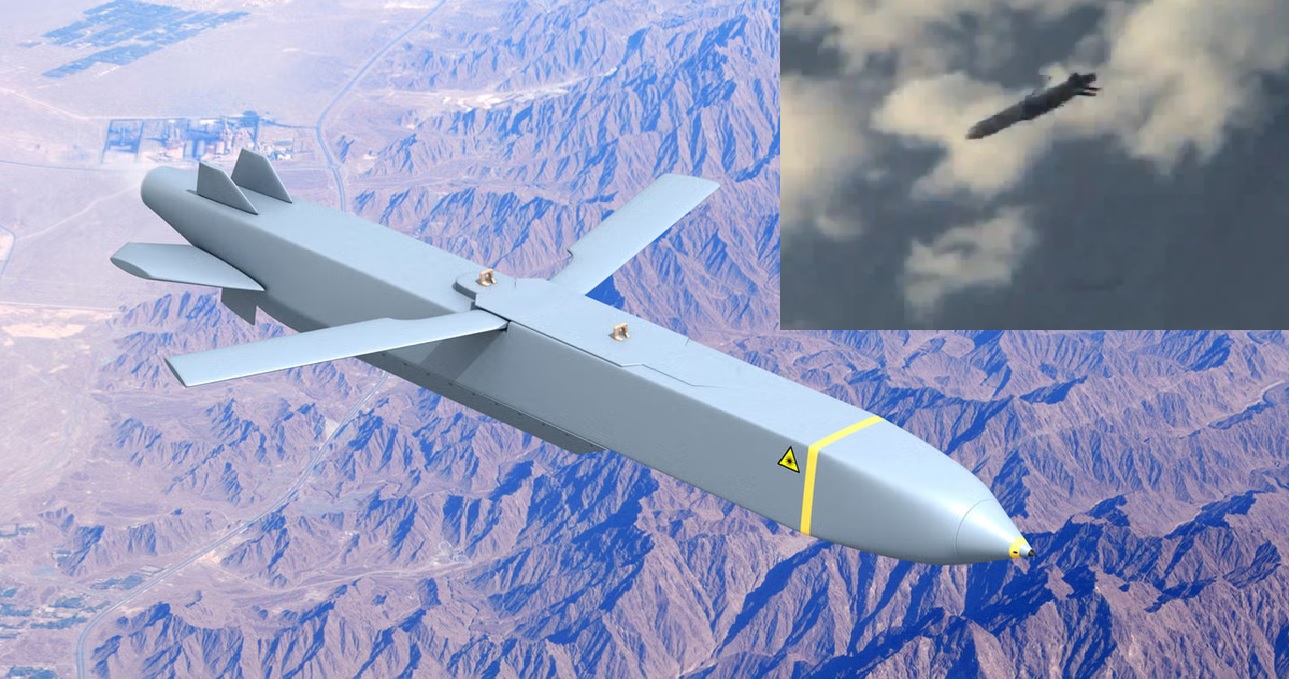British Army Successfully Tests Boxer 8x8 Armoured Vehicle's Water-Fording Capabilities

On October 23, 2024, the British Army made significant strides in its mechanized capabilities by successfully testing the water-fording capabilities of the Boxer 8x8 armoured vehicle at Instow Beach in North Devon. This trial marked a pivotal moment for the 38.5-tonne vehicle, which showcased its stability and control while navigating through seawater. The test was overseen by the Amphibious Trials and Development Wing (ATDW), confirming that the Boxer is poised to become the primary mechanised infantry vehicle (MIV) for the British Army.
The Boxer armoured vehicle is part of a broader effort by the British Army to enhance its operational flexibility and adaptability in various combat scenarios. The £2.8 billion contract secured in 2019 included the acquisition of 523 Boxer vehicles, with production shared between the UK and Germany. This investment is critical to the Mechanised Infantry Vehicle program, which aims to fortify the capabilities of the Army’s Strike Brigades, designed for rapid deployment across diverse terrains. The latest trial underscores the Boxer’s robust amphibious capabilities, allowing it to operate effectively in challenging coastal environments.
The Boxer is being delivered in several configurations, such as troop carriers, command vehicles, ambulances, and specialist vehicles. This modularity is a key feature, allowing the Army to adapt the vehicle for various roles. In 2022, the UK government furthered its commitment by exercising an option to order an additional 100 Boxers, bringing the total to 623 units. Among the diverse configurations being produced are infantry carrier vehicles, engineer section vehicles, reconnaissance platforms, and mobile fire support variants, including the Boxer RCH 155, which will serve as a mobile fire platform.
The British Army has conducted extensive testing of the Boxer since mid-2023, including mobility assessments over rough terrain and long-distance maneuvers to ensure rapid deployment capabilities. These trials also involve role-specific tests for different variants of the Boxer, such as the infantry carrier and command vehicle. A notable part of the assessment process was a live-fire trial, which aimed to evaluate how well the vehicle can integrate with various weapon systems, from heavy machine guns to anti-tank missiles.
The recent fording tests hold critical importance for the Boxer’s operational capabilities. Being able to ford water up to 1.5 meters deep without special preparation enhances the vehicle's mobility, allowing it to traverse rivers and flooded areas effectively. This flexibility is essential in military operations, where encountering water obstacles is a common challenge. The Boxer’s design includes high ground clearance and a robust drive system, ensuring that it maintains traction and stability even in difficult, waterlogged conditions.
Moreover, the ability to cross water obstacles without external support reduces vulnerability and speeds up operations in contested areas. It allows the British Army to operate with greater logistical reach, enabling forces to maintain momentum and avoid being bogged down by challenging terrains. The fording capability also ensures the protection of the crew and onboard systems from water ingress, maintaining functionality in critical areas such as the engine and weapon systems.
As the British Army continues to integrate the Boxer into its Brigade Combat Teams alongside platforms like the Ajax infantry fighting vehicle and the Challenger 3 main battle tank, it is clear that the Boxer will play a vital role in modernizing the Army’s capabilities. While the Warrior infantry fighting vehicle will remain in service until new capabilities are fully operational, the Boxer is expected to assume an increasingly significant role in future operations.
In summary, the successful testing of the Boxer 8x8 armoured vehicle’s water-fording capabilities not only highlights its operational versatility but also enhances the British Army’s readiness to deploy effectively in diverse combat environments. As the Boxer continues to undergo rigorous testing and evaluation, it reaffirms its position as a crucial asset in the British Army’s evolving mechanized force structure.


